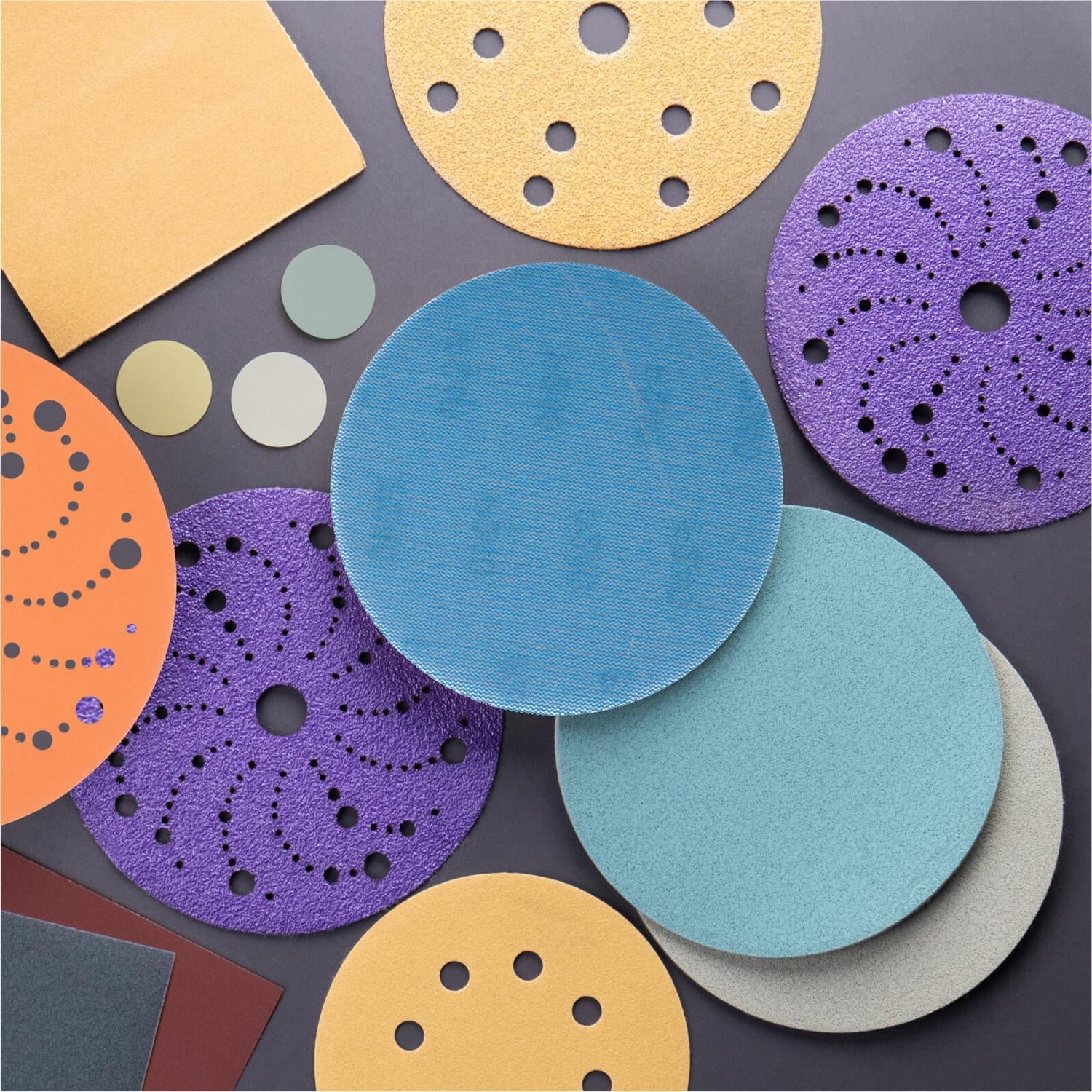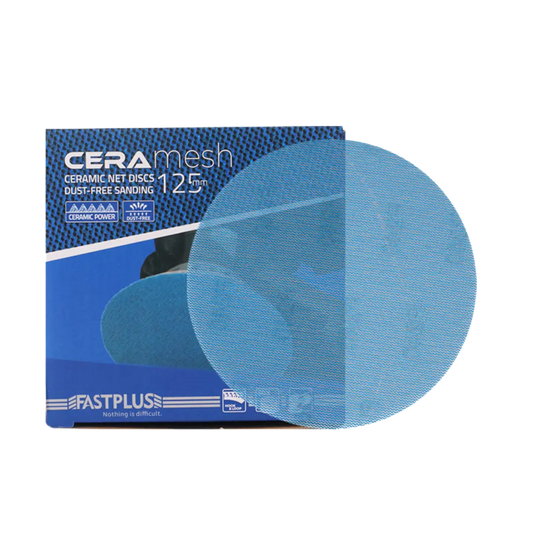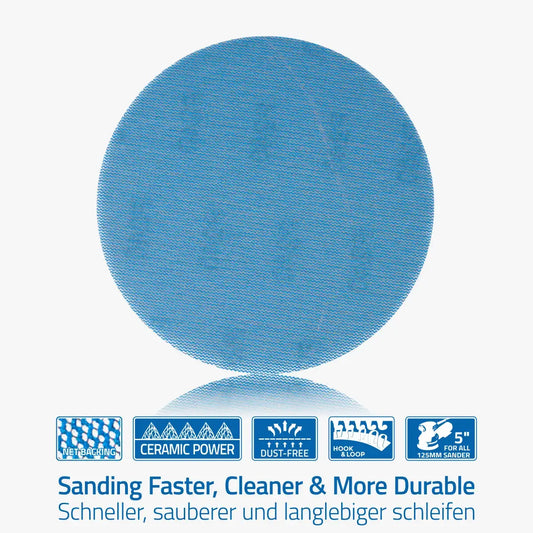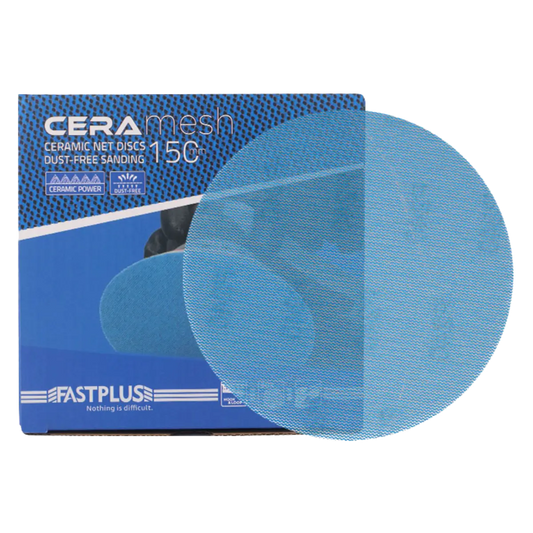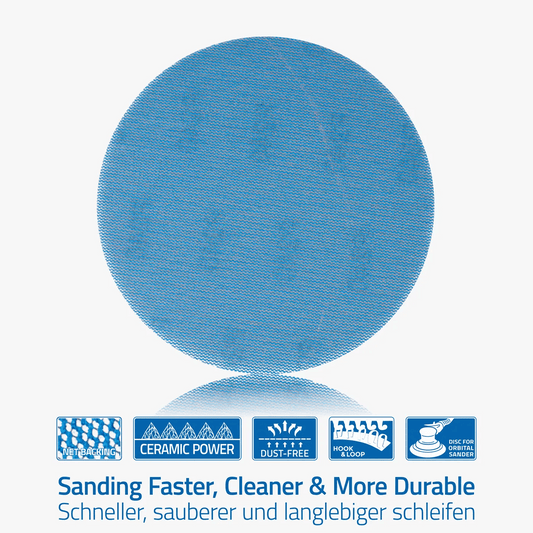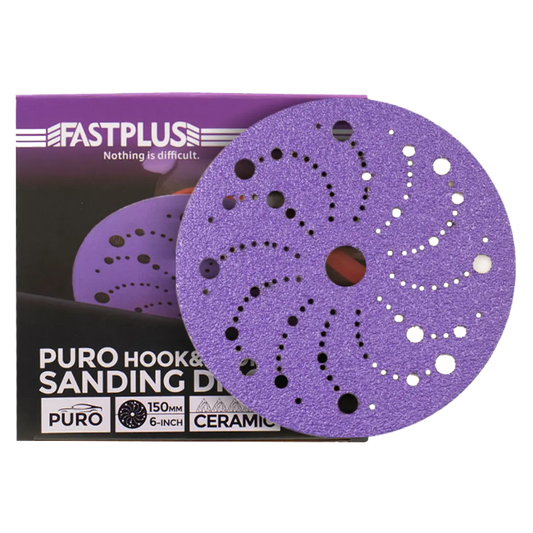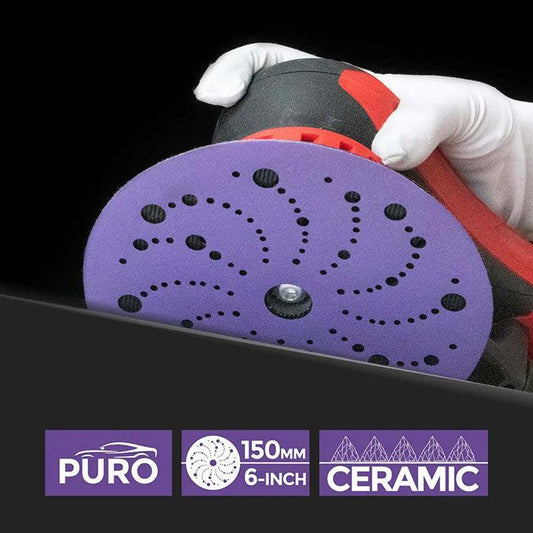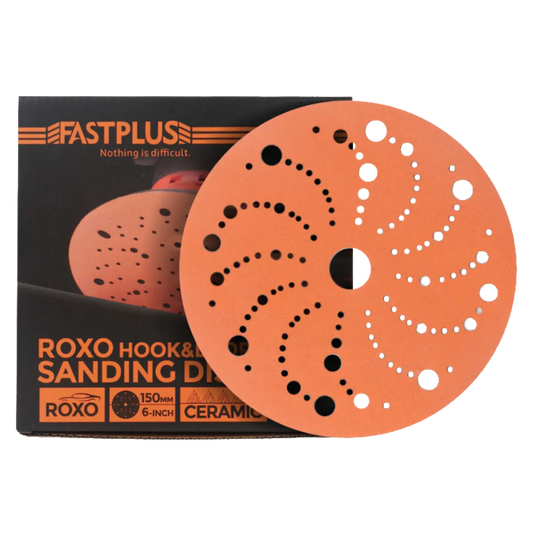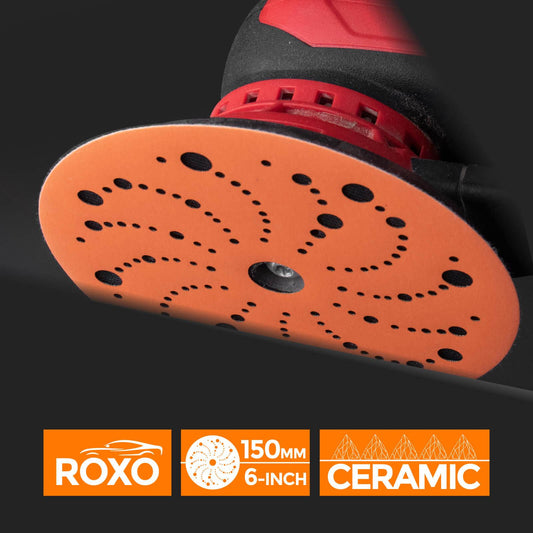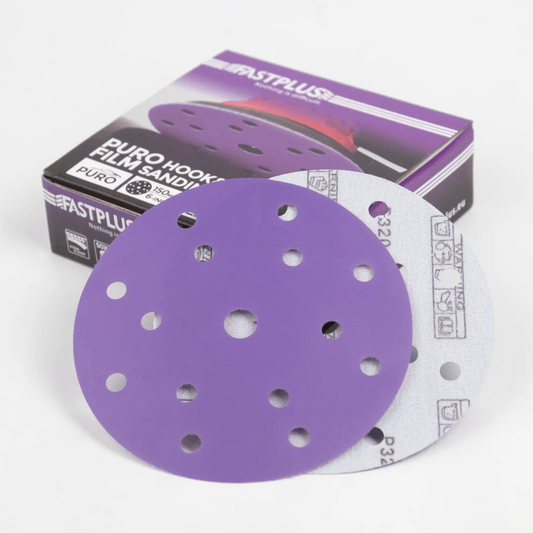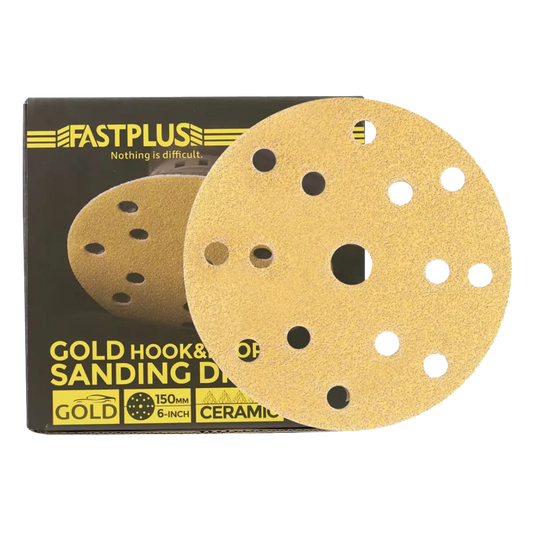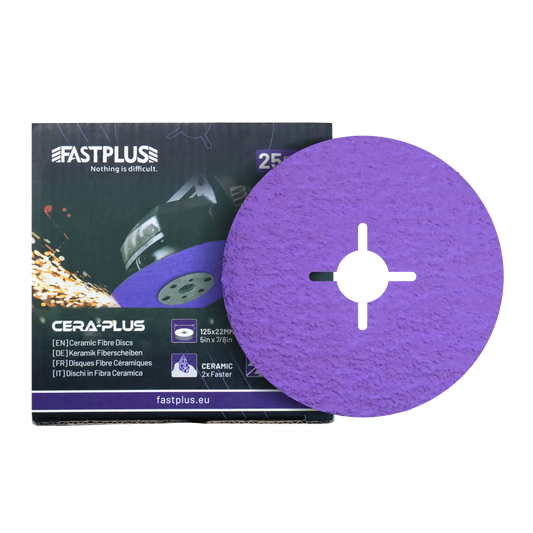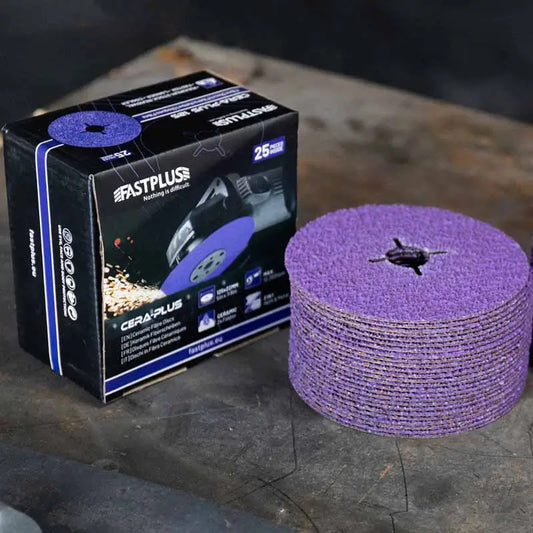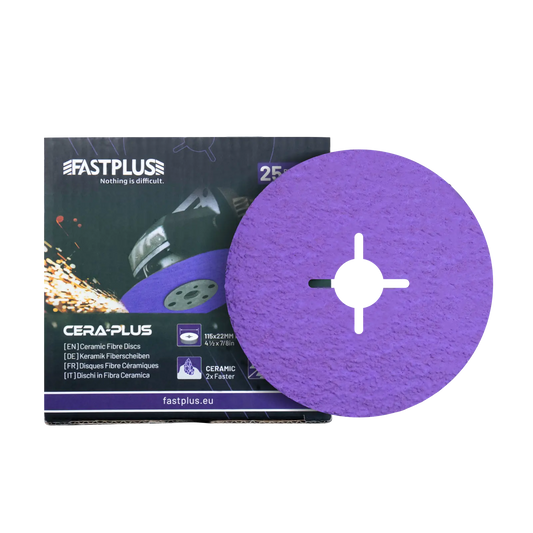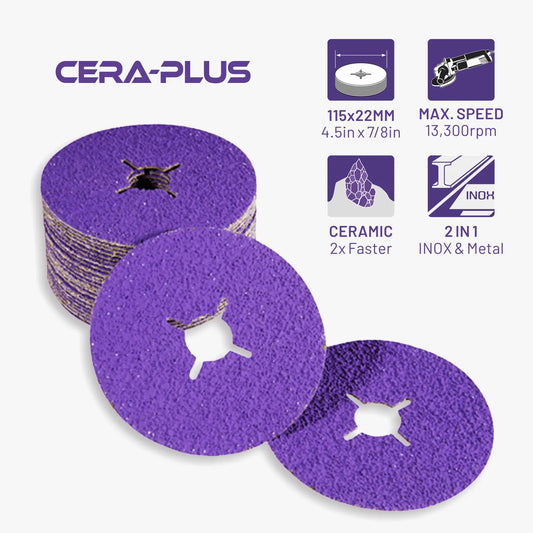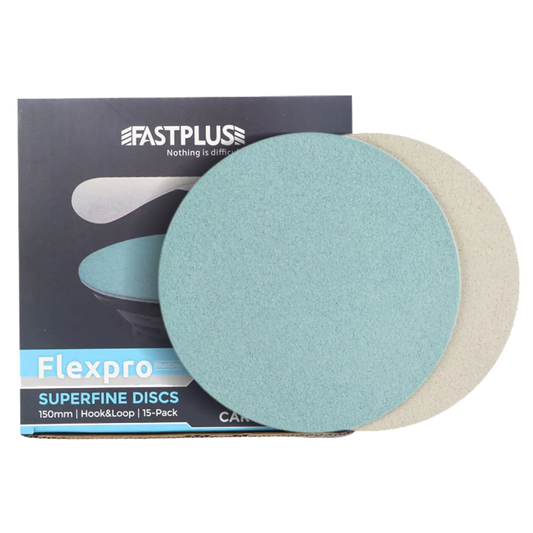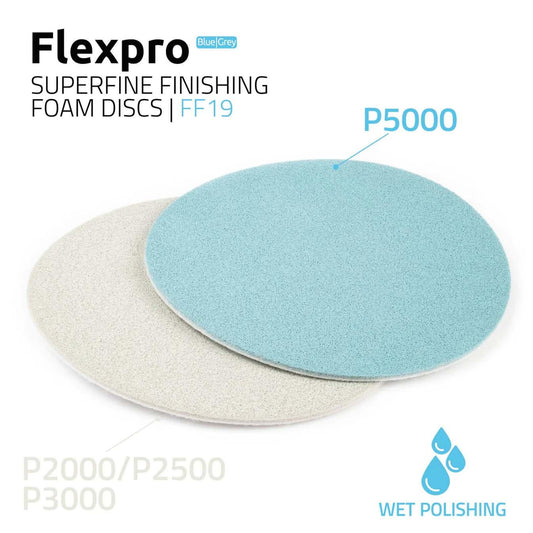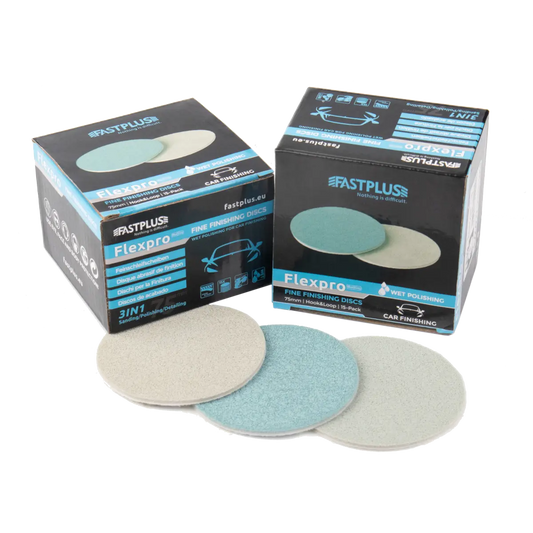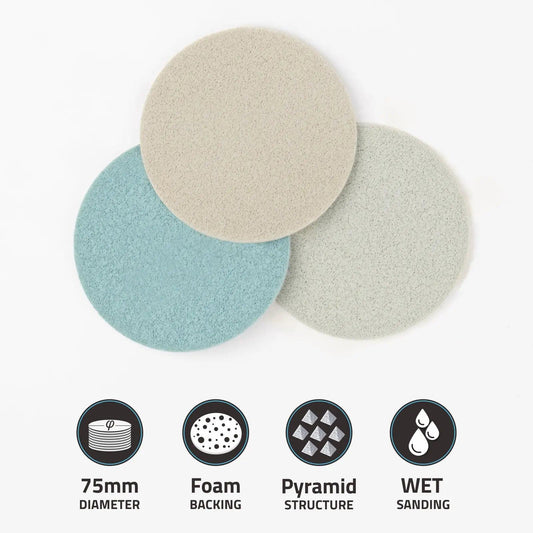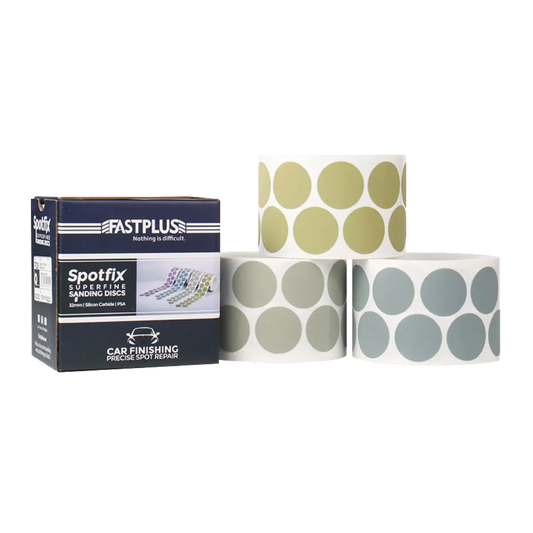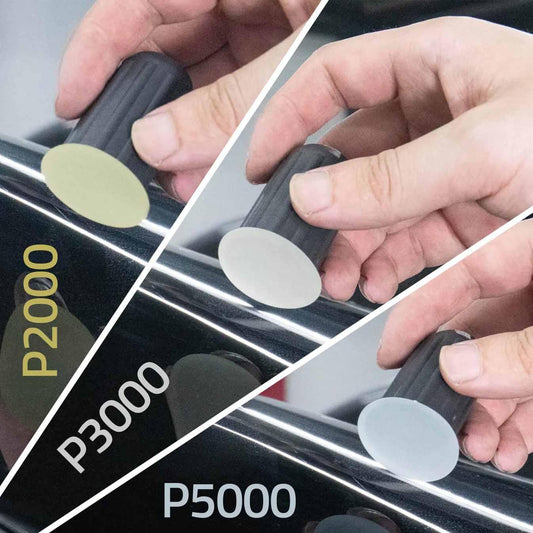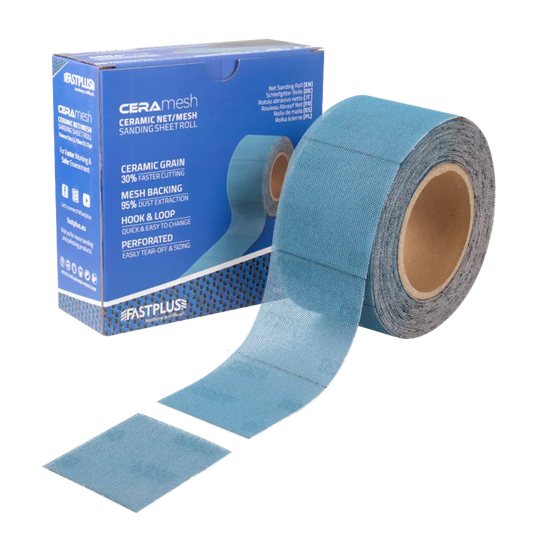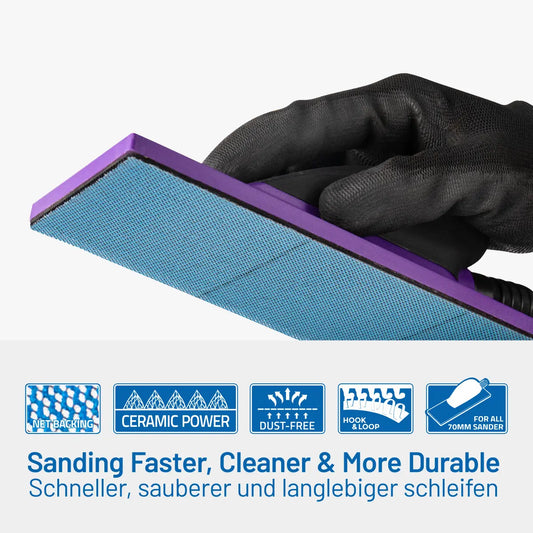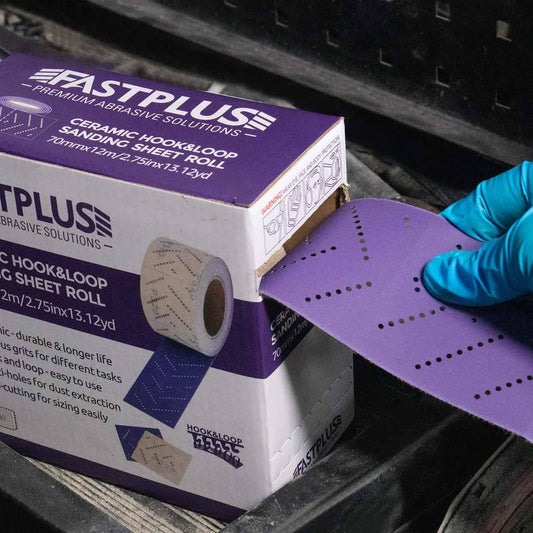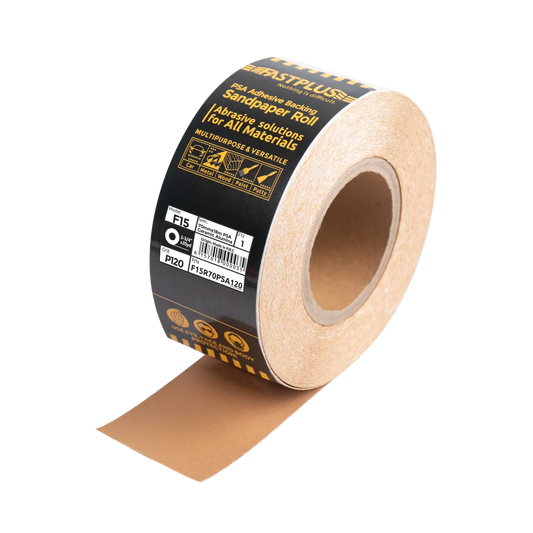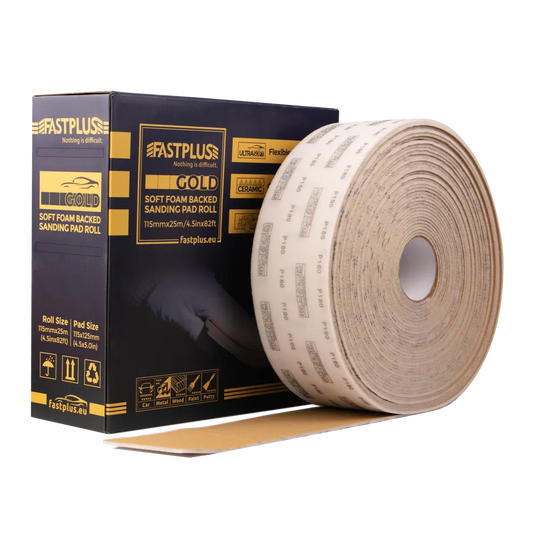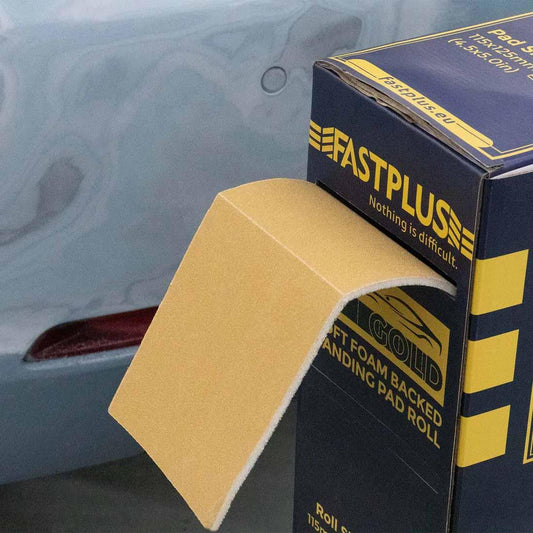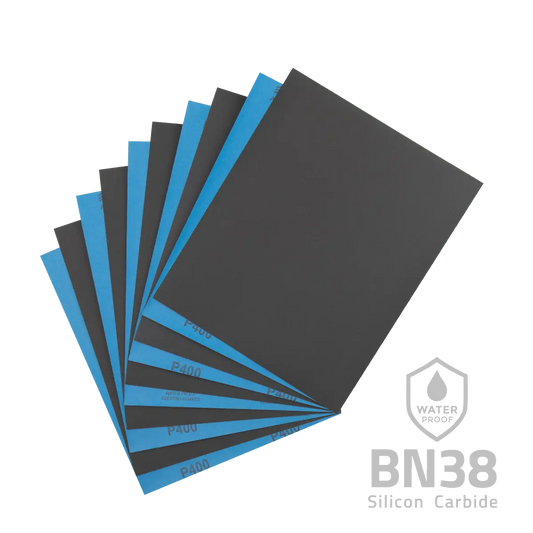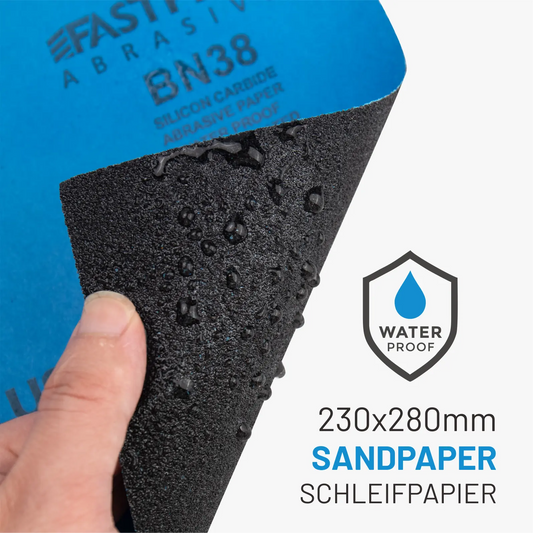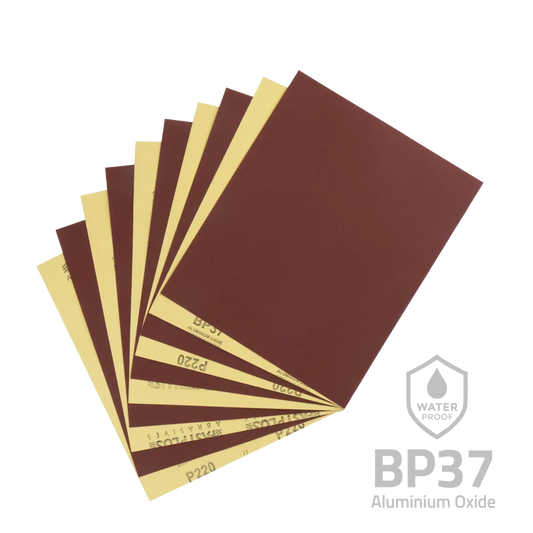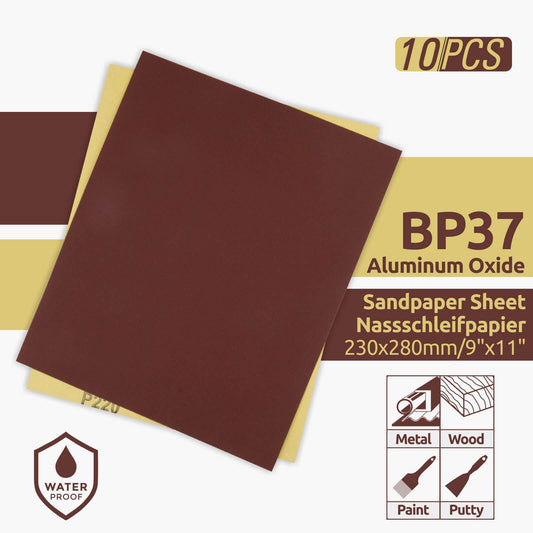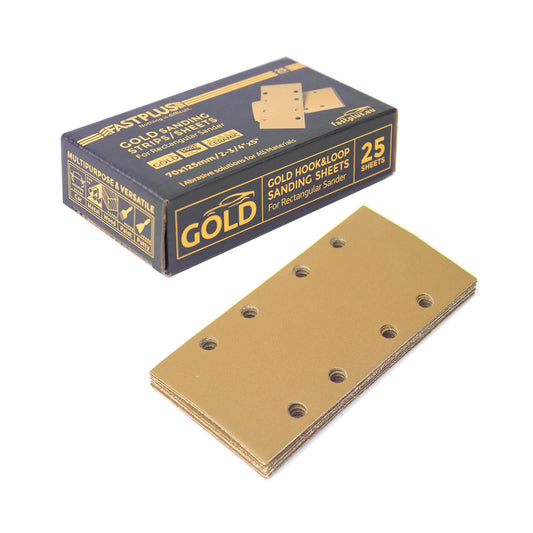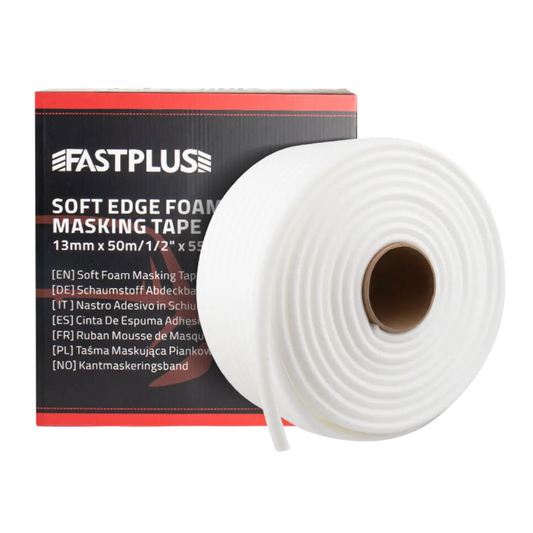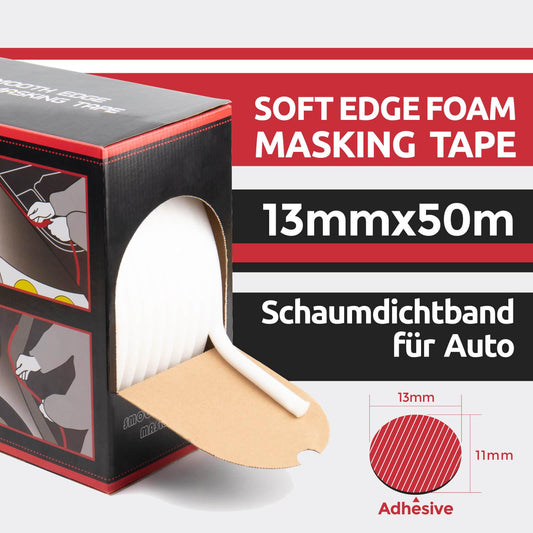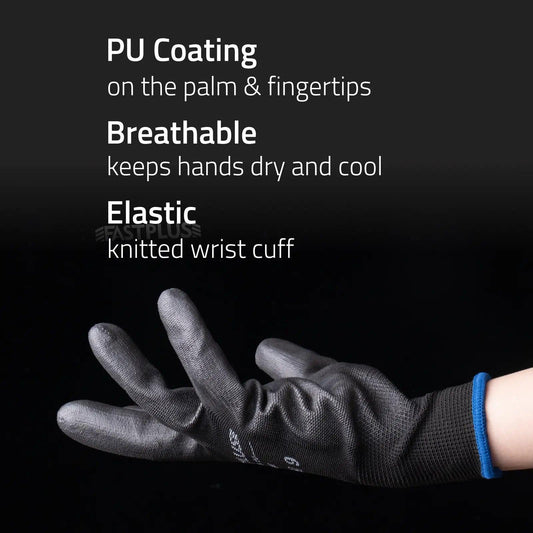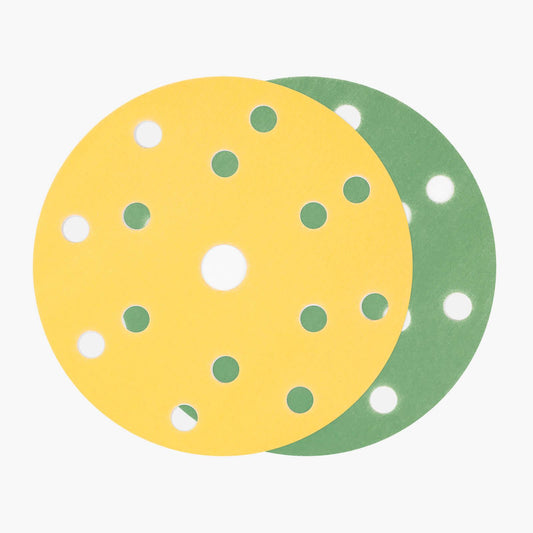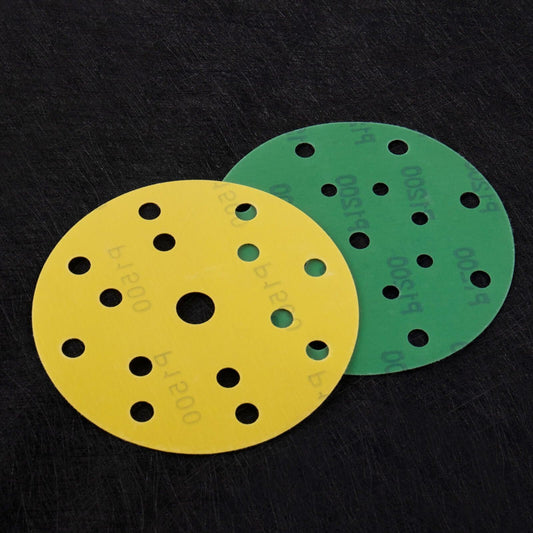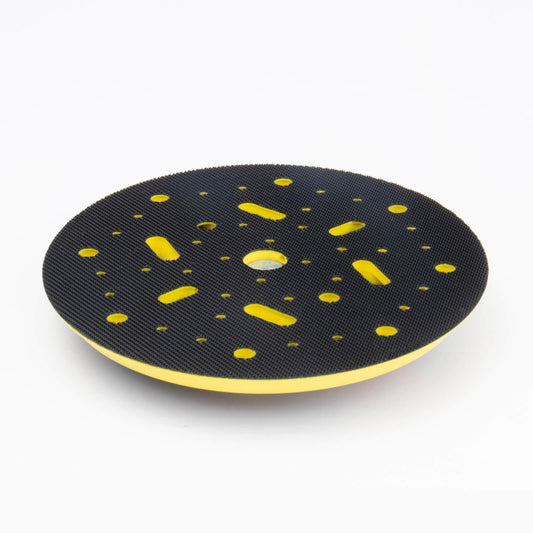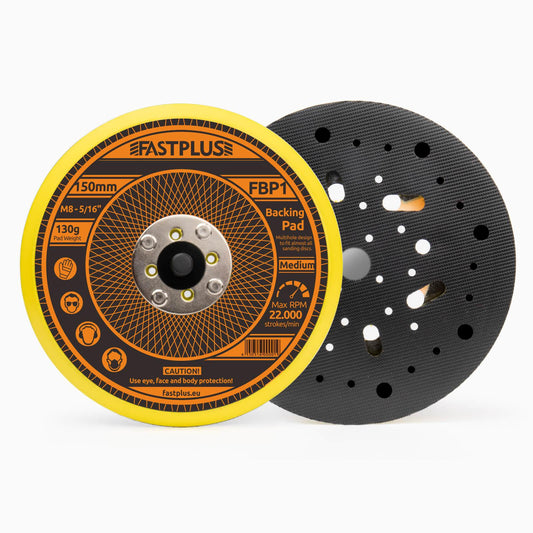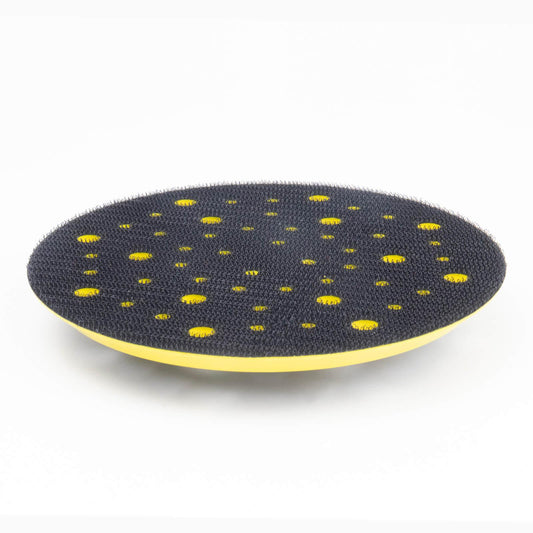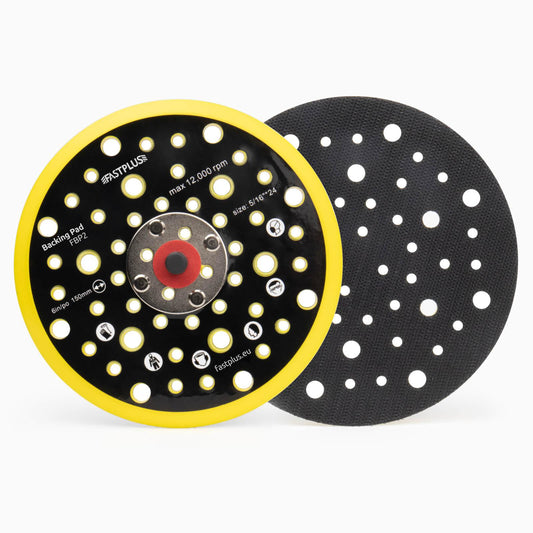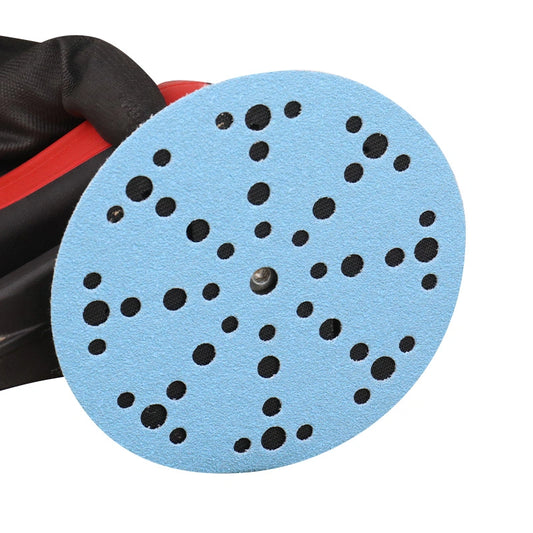
How to Store and Maintain Your Coated Abrasives Properly?
Whether you're a seasoned professional or just getting started with sanding and surface prep, coated abrasives like sandpaper sheets, sanding discs, and belts are probably a staple in your toolbox. But here’s a question that often goes overlooked: Are you storing and maintaining them properly?
Improper handling can ruin even the highest-quality abrasives—leading to uneven finishes, wasted time, and extra costs. In this post, we’ll walk you through the essentials of storing and maintaining coated abrasives so you can get the best performance and value from every piece.
🔍 What Are Coated Abrasives?
Coated abrasives are tools made by bonding abrasive grains to a flexible backing material (like paper, cloth, or film). They come in various forms:

- Sanding sheets – Ideal for hand sanding or use with sanding blocks.
- Sanding discs – Used with orbital sanders or grinders.
- Abrasive rolls – Cut-to-length options for flexible applications.
- Sanding belts – For belt sanders in both industrial and DIY settings.
- Flap wheels/discs – Blending and finishing tools used on power grinders.
Despite their durability, coated abrasives are sensitive to moisture, heat, and improper pressure. That’s why storing and maintaining them correctly is critical.
🌡️ Storage: It’s All About Environment
✅ Maintain Proper Temperature & Humidity
The ideal storage environment:
- Temperature: Between 15°C and 25°C (59°F–77°F)
- Humidity: Between 35% and 50%
Why it matters:
- High humidity can make paper backings curl or warp.
- Low humidity may dry out adhesives, leading to delamination.
- Excess heat or sunlight can deform discs or reduce bond strength.
- Cold conditions can make pressure-sensitive adhesive (PSA) less sticky.
Tip: Store abrasives in a climate-controlled cabinet or drawer away from windows, vents, or machines that give off heat.
📦 Keep Products Sealed and Organized
Once you open the packaging, abrasives become vulnerable to environmental exposure.
- Use resealable plastic bags or containers to store discs and sheets.
- Keep sanding rolls in upright racks to prevent flattening.
- Avoid bending mesh or film discs—always keep them flat.
- Sanding belts should be hung on round, wide hooks or stored flat.
Label your storage boxes with purchase dates and follow a First-In-First-Out (FIFO) method to ensure older stock is used before newer stock.
⚠️ What to Avoid
- Don’t leave abrasives exposed to open air or workshop dust.
- Never stack abrasive sheets too high; it can cause warping at the bottom.
- Don’t hang sanding belts on sharp hooks; they can cause creases or cracks.
- Avoid folding or rolling products that are designed to lie flat.
A small change in storage habits can make a big difference in product lifespan.
🛠️ Maintenance: Make It a Habit
Once your abrasives are in use, how you handle and clean them can either extend or cut short their usefulness.
🧽 Clean Between Uses
Abrasive surfaces can clog with dust, resin, or debris. This buildup reduces performance and can overheat the material you’re working on.
Solutions:
- Use abrasive cleaning sticks to clear belts and discs.
- Use compressed air to blow out dust in net or mesh-type abrasives.
- Gently tap or brush to dislodge particles (only for dry-use abrasives).
Regular cleaning improves efficiency and helps avoid unnecessary replacements.
🔥 Don’t Overheat Them
Excessive pressure and high-speed use can generate heat. This can:
- Glaze the surface and reduce cutting power.
- Cause premature grain shedding.
- Leave burn marks on the work surface.
Use gentle, consistent pressure. Let the abrasive do the work—applying extra force won’t make it work faster, only wear it out quicker.
🔧 Use the Right Mounting Technique
Incorrect installation can lead to:
- Uneven sanding
- Wobbling discs
- Faster wear
Mount sanding belts according to directional arrows (if shown). Make sure discs are centered and firmly attached, especially with PSA or hook-and-loop backings. Always check the condition of your sanding pad or platen before use.
🛑 When to Replace Your Abrasives
No matter how well you store or clean them, abrasives do wear out. Don’t wait until they fail to replace them.
Signs of wear:
- Noticeable drop in cutting efficiency
- Excess clogging, even after cleaning
- Visible damage like cracks, fraying, or delamination
- Backing separation or warping
Worn abrasives can lead to poor finishes and may even damage your tools or materials. Replace them promptly to maintain quality and safety.
🧾 Quick Reference Table: Do's and Don'ts
| ✅ Do | ❌ Don't |
|---|---|
| Store in a dry, cool, sealed environment | Leave exposed to air or sunlight |
| Use resealable containers or bags | Stack too many sheets or rolls |
| Clean abrasives between uses | Use abrasives with clogged surfaces |
| Use proper mounting techniques | Force the abrasive with excessive pressure |
| Replace worn abrasives on time | Continue using products with damage |
📌 Final Tips for Long-Term Success
- Set up a dedicated abrasive storage area in your workshop.
- Train all users on how to handle and store abrasives properly.
- Monitor usage—keep records of when abrasives are opened and replaced.
- Don’t mix types—store PSA, hook & loop, and mesh abrasives separately.
- Inspect stock periodically—remove any products showing signs of moisture damage or warping.
✍️ Conclusion
Taking care of your coated abrasives isn't complicated—it just takes a little awareness and a few simple practices. The payoff is worth it: longer-lasting products, better sanding performance, and smoother, more professional results.
Whether you’re sanding by hand or running a large production shop, proper storage and maintenance help ensure that your abrasives work as hard as you do.
